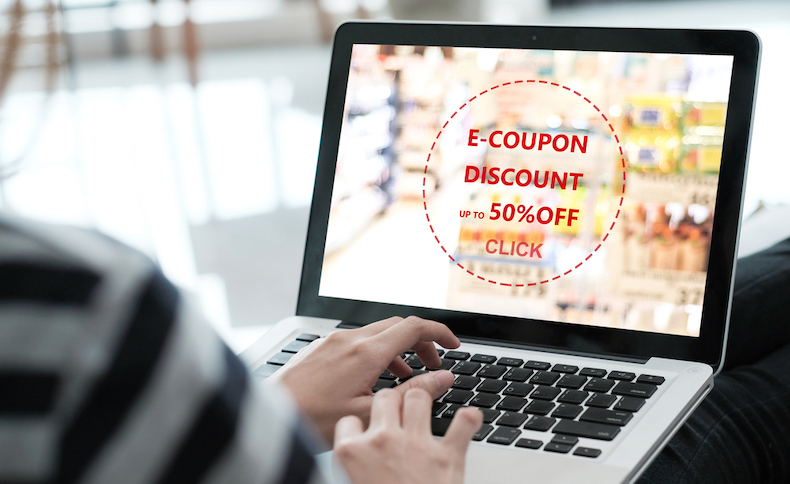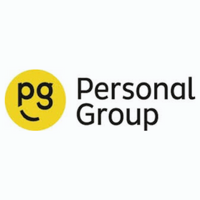Top tips for choice and flexibility in your benefits strategy
Building flexibility and choice into a benefits strategy helps a company protect, connect and support its employees by accommodating the different needs, lifestyles and situations they can face in and out of work.
When it comes to benefits, choice and flexibility are no longer a nice-to-have but an expectation. By offering greater levels of personalisation, companies can drive engagement, which in turn increases performance, engenders collaborative working behaviours and helps retain key people.
Here’s how to achieve that level of choice and flexibility in your overall employee value proposition.
1. Understand people
The first crucial step towards achieving sustainable choice and flexibility is understanding your staff: what they want and need.
Running a benefits survey can bring two key positives: first, asking people for their input and voice makes them feel valued and listened to, which is important for motivation.
Secondly, the research often identifies hidden needs and areas of untapped value. To gain this kind of insight it can often work well to reach out in a variety of ways, including anonymous surveys, feedback forms, workshops and focus groups, which between them appeal to many different characters and situations.
But understand and acknowledge that you can never do everything. The aim should always be to accommodate the majority, while realising you are never going to cater for every need. There are limitations, after all, to what can be delivered through an employee benefits programme.
2. Personalisation is key
For modern consumers, personalisation has become an everyday reality. Without even thinking about it, we personalise the holidays we book, the seats we sit in, the meals we eat, even the trainers we wear. It has become an intrinsic part of being a consumer and of the success story of modern retail, enabling brands to better engage customers.
From an employer point of view, it follows that creating that same level of choice is important. Where company cars and rail season tickets may now lack in relevance, allowances can be diverted into cycle-to-work or electric vehicle schemes.
Whereas wellbeing used to be about gym membership, it is now more often a culture-driven a la carte of yoga or massage in the office, mindfulness sessions and discounts for healthy food.
Embracing and developing the idea of hybrid working, companies offer the chance to work from anywhere in the world, enhanced overseas sabbaticals for loyalty or volunteering schemes.
The gift of time
The gift of time can also be given and received in many ways. A flexible approach to annual leave can pay real dividends at minimal cost, with employees able to buy or sell holiday, or even in some cases pick their own annual leave entitlement, switching accountability from employer to employee.
Tackling the parenthood penalty, maternity and paternity leave are also undergoing a revolution, the latter offering fathers several months off to share childcare duties.
Financial support, signposting and education is another area where a light touch can offer real flexibility.
Many workers have experienced the stress and strain brought on by debt, especially since the Covid-19 pandemic. Leaving them to face those problems alone can affect mental health, while offering support and advice can boost happiness and confidence, decrease absenteeism and enhance performance and loyalty.
3. The power of digital
In our fast-paced, competitive world, going digital with your benefits can reap significant rewards. Firstly, it grants everyone access to benefits, which fosters a sense of equality and transparency. Having one single platform to offer financial savings, mental and physical wellbeing and financial support and protection is extremely powerful.
By making those benefits available through an app alongside everyday items such as rotas, payslips and recognition schemes, you can drive significantly more traffic to them, raising awareness and embedding their value within the overall EVP.
By using push notifications and other communications methods, you can also enhance connectivity between company and employee, increasing engagement and interaction at key times to make benefits even more tangible and relevant.
On a Friday afternoon ‘Save £5 on your Tesco shop this weekend’ creates a stronger message than ‘Get a weekend discount’. This more direct approach to communications can create a word-of-mouth and buzz across the business, driving engagement and value for money.
It also enables HR and managers to measure the take-up of benefits and the overall return on investment. Armed with this data, they can be far more agile to adapt the package, set new goals and future-proof the needs of the business and its workers.
Supplied by REBA Associate Member, Personal Group
Personal Group provides the latest employee benefits and wellbeing products.








